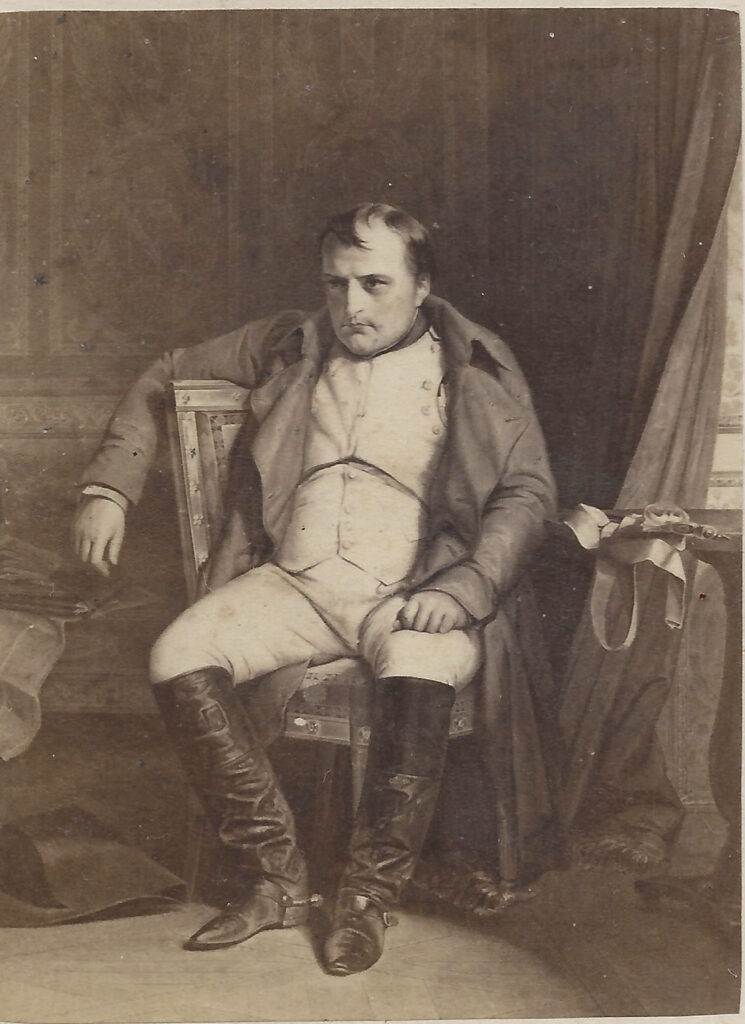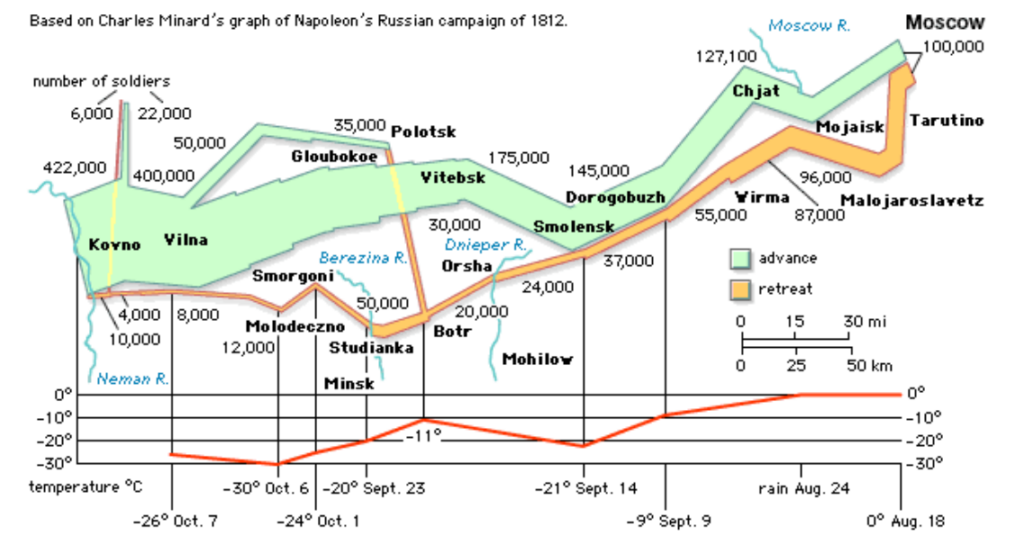Section #3 - Foreign threats to national security end with The War Of 1812
Chapter 33: Napoleon Reaches His Zenith Before A Crushing Loss In Russia
1775 Forward
Napoleon Controls All Of Europe By 1811

“Mr. Madison’s War” results directly from the existential threats posed to Britain by the Emperor Napoleon of France. This leads Britain to interfere with American ships and “impress” American sailors in order to man the Royal Navy, to stop a French invasion.
The British have every reason to fear since, between 1806 and 1811, the French empire expands unabated.
By 1807 it controls all of central Europe, after Napoleon and his Spanish ally capture Lisbon on December 1 and the royal family of Portugal transfer their regency to the colony of Brazil.
Further intrigue follows in February 1808, as Napoleon makes a move he has long avoided, turning against Spain. The betrayal catches the Spanish army by surprise and it quickly gives way. However, bloody public uprisings occur in many cities, including Madrid, and lead on to the reprisal executions later immortalized by the artist, Goya. It is not until May 5, 1808, that Napoleon is able to name his older brother, Joseph, King of Spain.
While the local Spanish population refuses to bend to the French will, and guerilla (“little war”) actions persist over time, supported in part by British expeditionary forces, Joseph is able to remain on the throne until the tide turns against the French in 1812-13.
To the East, the Austrian monarch, Francis II, loser at Austerlitz, decides to challenge Napoleon once again. He does so in 1809 at Wagram, 6 miles northeast of Vienna, in a fierce artillery dominated battle that covers July 5-6, involves 300,000 men, and counts 80,000 casualties – with the French once again emerging victorious.
By 1811, Napoleon’s power is at a zenith.
He has effectively isolated Britain from its three potential “coalition partners” on the continent – Austria, Prussia and Russia – by thrashing their armies and by signing peace accords with each.
The only things limiting France’s horizons are the presence and superiority of the British navy – and the small chance that Napoleon will eventually make a strategic blunder.
Napoleon’s Triumphs In 1807 To 1811
| 1807 | Battle of Friedland – Napoleon beats Russia |
| Peninsular campaign – Napoleon beats Portugal | |
| 1808 | Napoleon turns on ally Spain, Joseph Napoleon on throne |
| 1809 | 5th Coalition vs. Austria and Britain |
| Battle of Wagram – Napoleon beats Austria, occupies Vienna | |
| Napoleon divorces Josephine; marries Marie-Louisa of Austria seeking heir | |
| 1810 | Napoleon and France rule the European continent |
| 1807 | Battle of Friedland – Napoleon beats Russia |
| Peninsular campaign – Napoleon beats Portugal | |
| 1808 | Napoleon turns on ally Spain, Joseph Napoleon on throne |
| 1809 | Battle of Wagram vs. 5th Coalition including Austria and Britain |
| Napoleon divorces Josephine; marries Marie-Louisa of Austria seeking heir | |
| 1811 | Napoleon and France rule the European continent |
June to December 1812
Sidebar: France Suffers A Crushing Defeat In Russia
In June 1812 Napoleon makes the strategic mistake that will cost him his empire.
When Russia, encouraged by Britain, withdraws from Napoleon’s continental blockade of English goods, the Emperor decides to invade. He assembles a huge army, over 400,000 men (half French, half foreign conscripts), and begins to march east on July 24, 1812. The Russians at first retreat, under the scorched earth strategy of the Scotsman, Barclay de Tolley, Minister of War. When troop morale deteriorates, command passes to the 67 year old veteran, General Mikhail Kutuzov.
Kutuzov has suffered two horrible head wounds in battle, which leave his right eye mis-shapened and cause him constant pain. He has also fought Napoleon before, losing at Austerlitz, which leads Alexander I to doubt his talents. But Kutuzov is a native Russian, much beloved by the troops, and he is charged with resisting the French approach to Moscow.
By the time Napoleon is ready to attack, the strength of the central army wing under his direct command has already dwindled sharply, from a combination of battles, winter cold, dysentery and typhus.
At 5:30AM on September 7, 1812, his remaining 130,000 men attack Kutuzov’s 120,000 troops just west of Borodino, some 65 miles from Moscow. Both generals blunder during the day — Kutuzov’s troop deployment is flawed and Napoleon refuses to send his Old Guard in to finish off the battle. It turns into a bloodbath, with French losses at 30,000 and Russian losses at 44,000.
After Kutuzov retreats, Napoleon continues his march to Moscow, reaching the city on September 14. By that time, however, only 15,000 of the city’s population of 270,000 have stayed behind, the mayor has put the torch to most of the buildings, and both food and shelter are in short supply.
Napoleon is now some 1500 miles from Paris and 600 miles from his jumping-off point for the invasion, the Nieman River, in Poland. What was the Grande Armee 400,000 strong in July has been reduced to 95,000 tired and starving men eight weeks later.
When Alexander I refuses to discuss a treaty to end the conflict, an exhausted Napoleon decides to exit Moscow on October 19. The road back west is tortuous and marked by death from ambushes, starvation and disease. While various commanders cite the winter weather as a sizable factor in the defeat, the first snowfall is not recorded until November 5 and temperatures tend to hold in the 15-20 degree Fahrenheit range until early December.
On December 14, 1812, the survivors of the Russian campaign re-cross the Nieman. Most estimates peg this number at around 30,000 men.
In less than five months Napoleon has lost over a quarter million dead and wounded and another 100,000 captured. He has lost Russia. And he has forever lost his mantle of invincibility.
Invasion of Russia.
